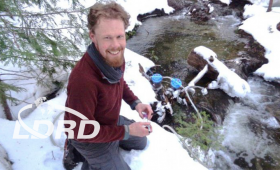Livermore researchers and their collaborators have studied the mixture of water ages in Providence Creek, a stream in the southern California.
Science and Technology
in the News
Science and Technology
in the News
News Center
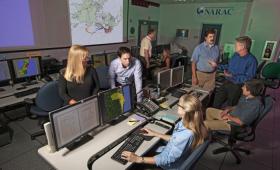
Since 1979, NARAC has provided atmospheric modeling support for nuclear accidents and chemical releases.
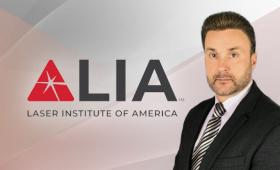
Laser Institute honors safety officer Jamie King with R. James Rockwell Jr. Educational Achievement Award.
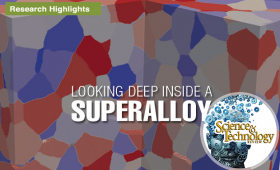
Scientists discover the relationship between the crystallographic character of metals and their resistance to embrittlement from exposure to hydrogen.
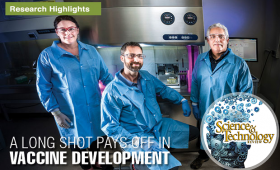
Livermore researchers use nanolipoprotein particles to deliver a safe and effective vaccine for one of the most infectious bacterial pathogens in existence.
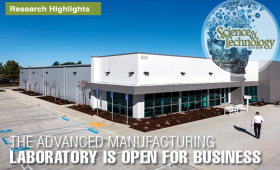
Livermore has opened the Advanced Manufacturing Laboratory, where Livermore is working side by side with the private sector and academia to create new materials.
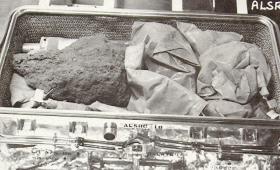
Livermore cosmochemists are among those who will analyze the Apollo 17 samples sealed 50 years ago to study the geologic history of the site where the rocks were collected.
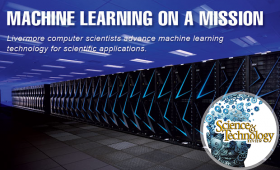
Livermore is developing machine learning tools for applications beyond standard commercial and consumer applications

Climate scientists at Livermore announced the release of new data sets that will provide fresh insights into past and future climate change.
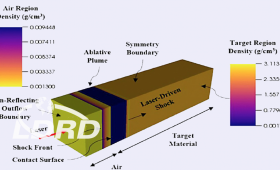
Researchers have discovered an efficient mechanism for laser ablation that could help pave the way to the use of less costly lasers in many industrial laser processing applications.


